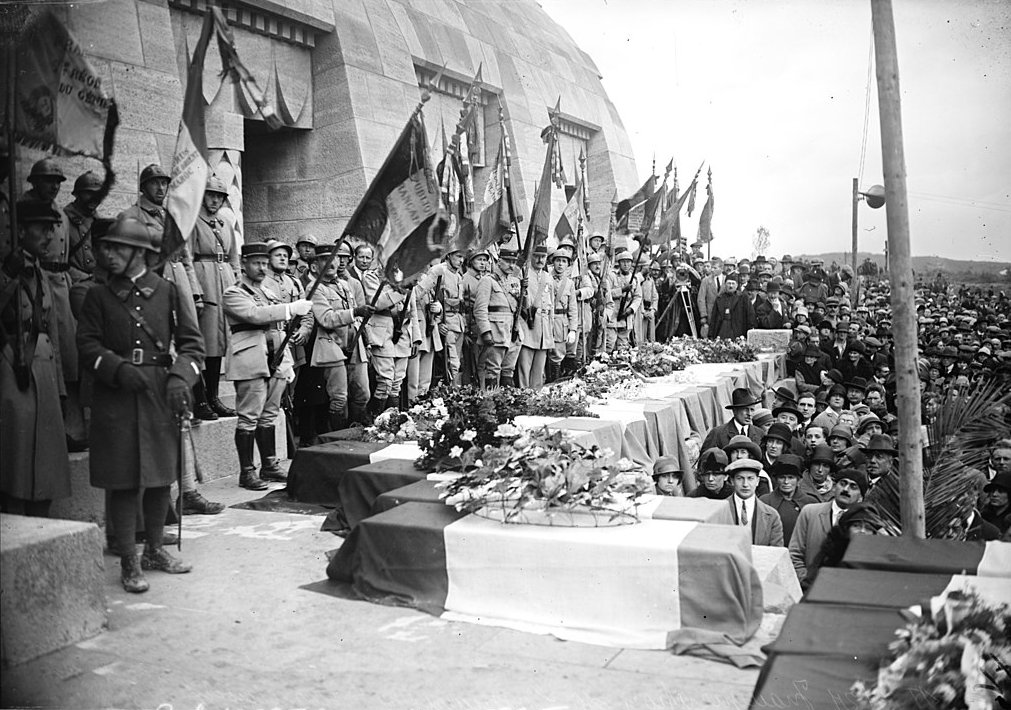A Battle For The Ages
The Battle of the Somme is one of the most horrifying events of WWI. It saw the Allies taking up a 25-mile front along the River Somme in Northern France. The stage was set and the tactics laid out in perfect formation—only for things to immediately go off the rails.

The Stage Was Set
The year was 1916. After two years of trench-based conflict leading to thousands of officers lost and zero new ground taken, the Allies in France needed to do something to change their circumstances. And it was up to General Sir Douglas Haig of Britain and General Ferdinand Foch of France to make that ‘something’ happen.
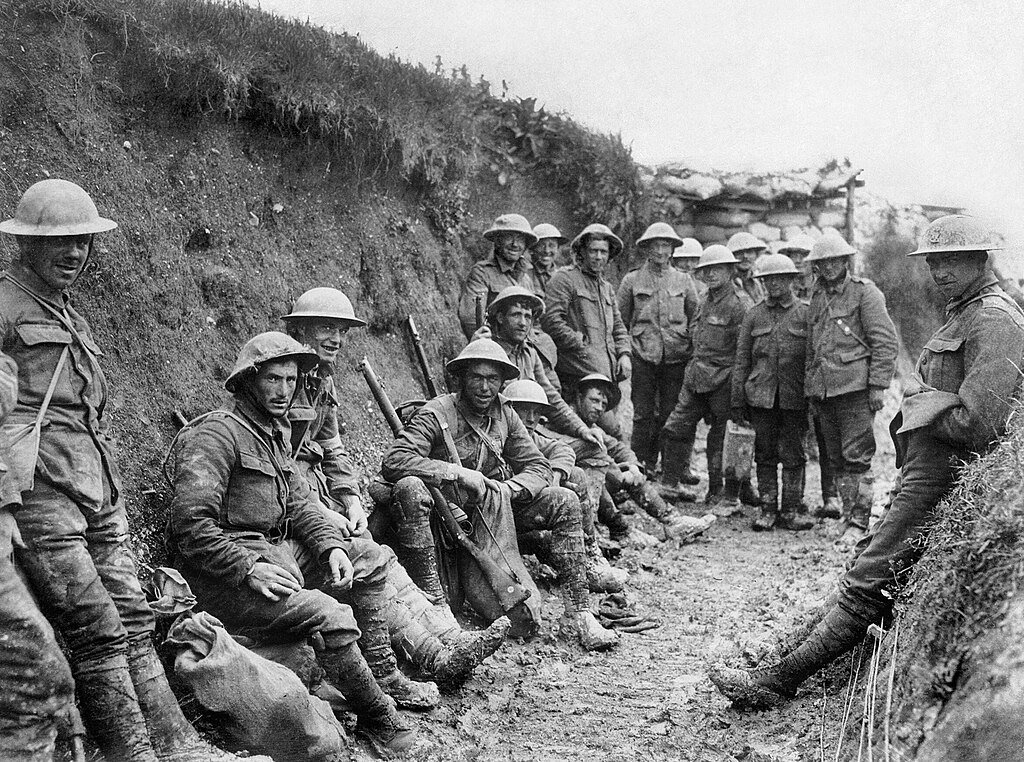 Royal Engineers No 1 Printing Company., Wikimedia Commons
Royal Engineers No 1 Printing Company., Wikimedia Commons
There Were Constraints To The Plan
Haig had a more direct strategy he wanted to implement. But his plan went against what his senior officer suggested. Not only that, but Haig had to incorporate Foch’s perspective, too. The situation was becoming desperate, and Haig needed to make a choice.
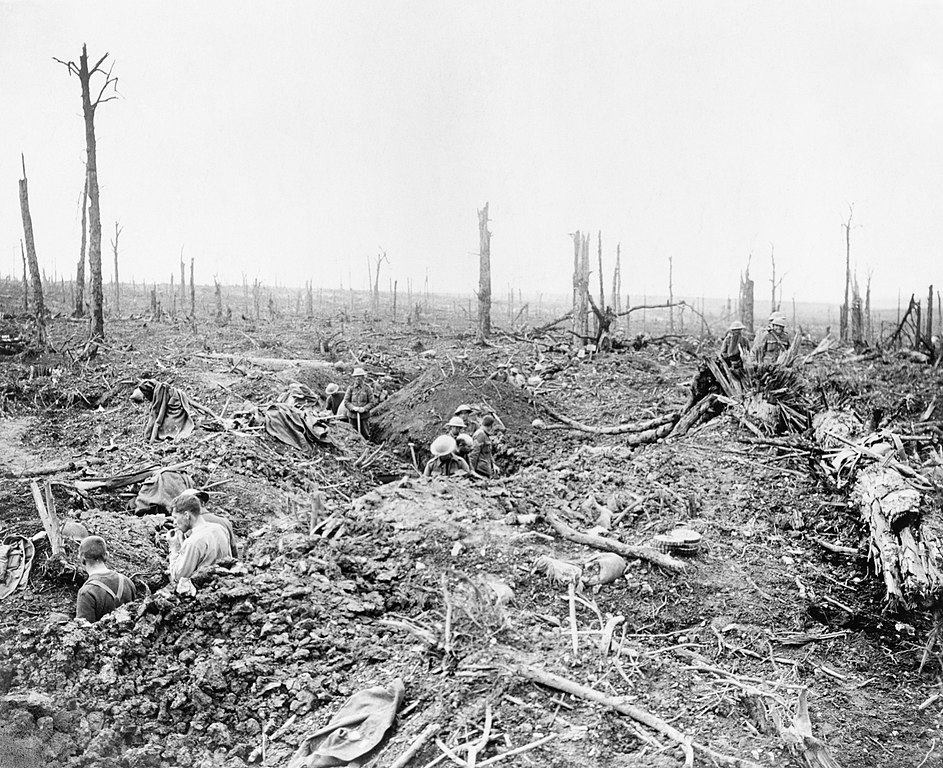 John Warwick Brooke, Wikimedia Commons
John Warwick Brooke, Wikimedia Commons
There Was Strategizing On Both Sides
Meanwhile, the German commanders had their own trick up their sleeves. They had been putting their own strategies into motion for a while, and by the time 1916 rolled around, they were ready. It was time for them to initiate their next offensive.
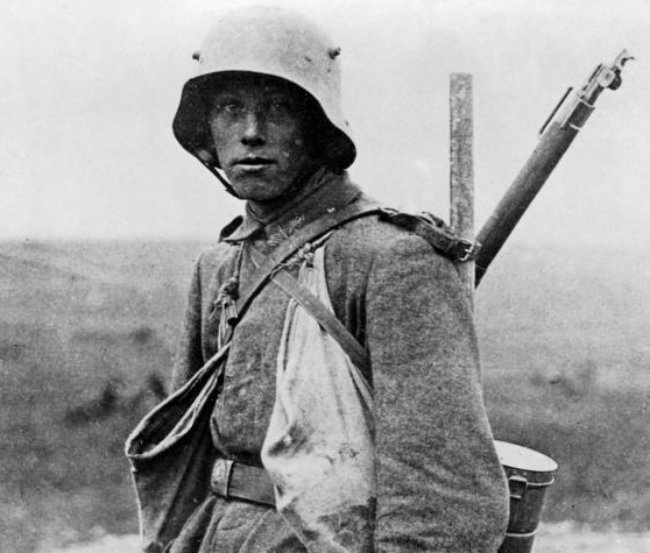 Bundesarchiv, CC-BY-SA 3.0, Wikimedia Commons
Bundesarchiv, CC-BY-SA 3.0, Wikimedia Commons
An Attrition-Based Tactic
On February 21, 1916, the German army engaged France in direct conflict at Verdun. This threw all the Allies’ careful planning into question. Their timeline was out of whack, and they needed to come up with a new plan. How was Britain supposed to aid France after this surprising siege by the Germans?
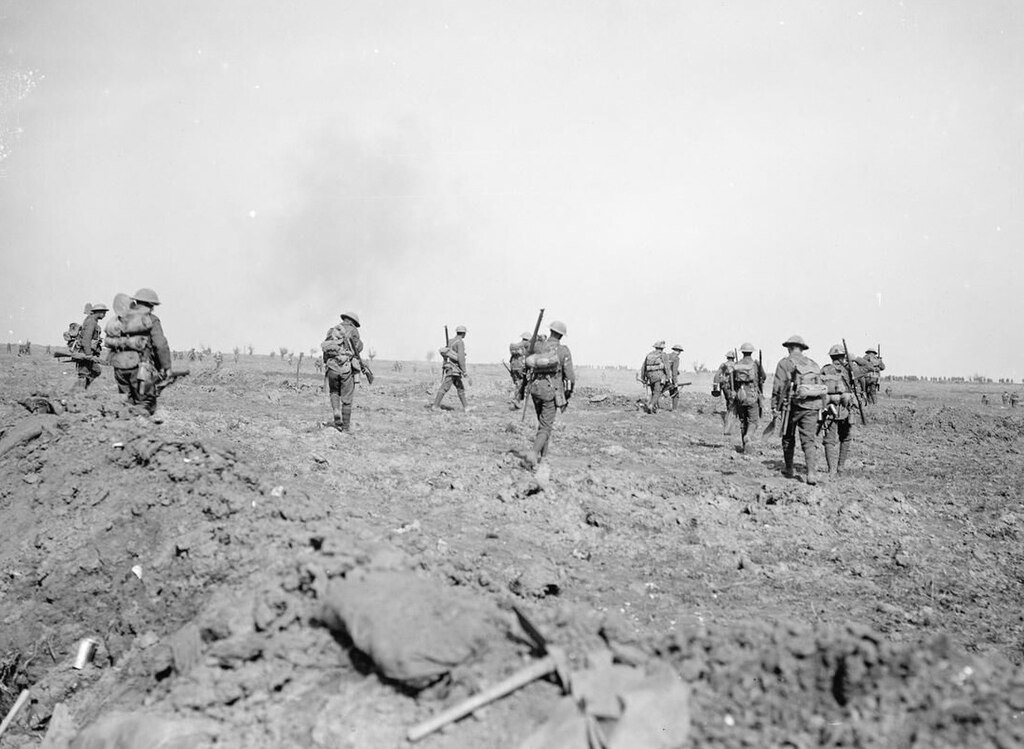 Ernest Brooks, Wikimedia Commons
Ernest Brooks, Wikimedia Commons
Retaliation Planning Began
Initially, Haig planned for the British Fourth Army to confront German forces at their center. Then, the Third Army would meet them in the north, and the French Sixth Army would take the southern flank. The latter two sections had ulterior motives for their location choice and engagement methods; they were sent as a diversion.
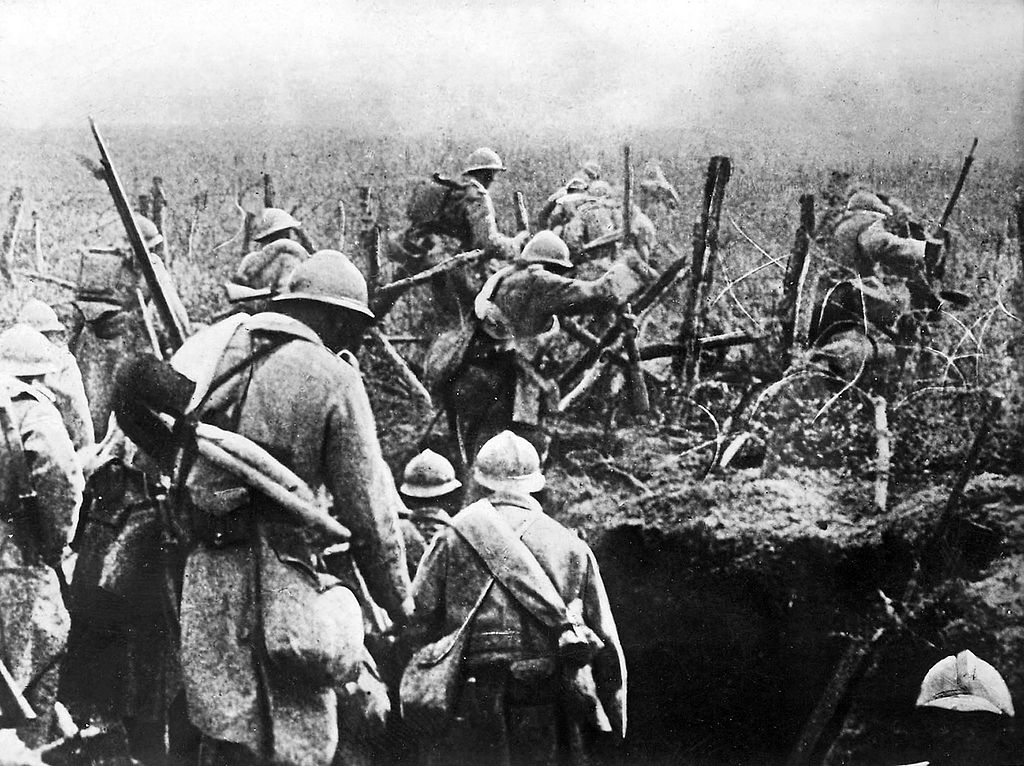 Collection DocAnciens, Wikimedia Commons
Collection DocAnciens, Wikimedia Commons
It Required Careful Timing
If the diversion was successful, the cavalry and the rest of the Reserve Army could make an intense foray into the inattentive German line and clean up from the other side. At least, those were the broad strokes of the plan. Putting it into action would be a different problem entirely, but that was a future issue for after their initial strategies were implemented.
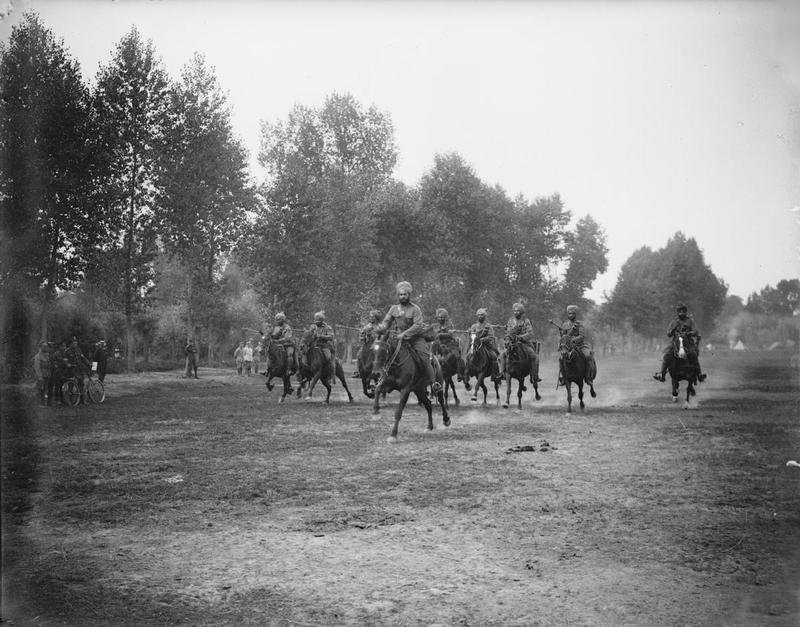 John Warwick Brooke, Wikimedia Commons
John Warwick Brooke, Wikimedia Commons
The Allies Stepped Up—Kind Of
After months of this combat of attrition in Verdun, Britain finally set the first steps of their plan into motion on June 24, 1916. They started with a seven-day bombardment. Haig expected their artillery forces to demolish Germany’s defenses, and he hoped that it could help the infantry gain some ground as they swept in behind the initial bombardment. But he was wrong.
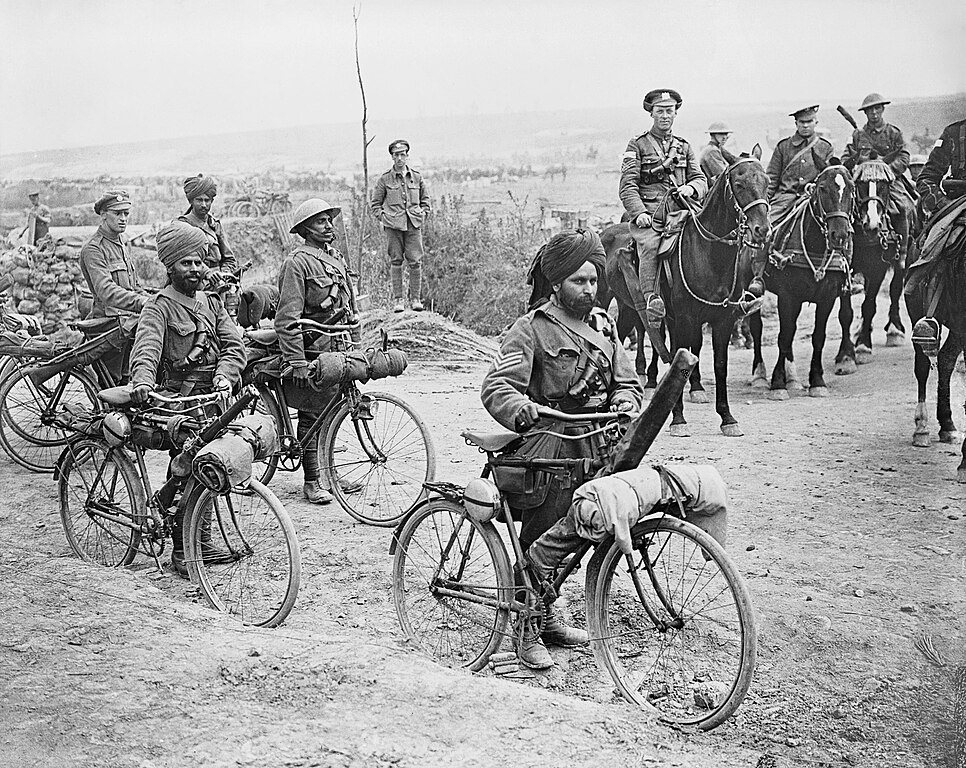 John Warwick Brooke, Wikimedia Commons
John Warwick Brooke, Wikimedia Commons
They Were Immediately Met With Resistance
Germany was proving to be quite the valiant enemy, and British firepower was too widely spread to be effective. Despite the intensity of the Allies’ efforts, German defenses remained mostly intact. Many of their on-the-ground officers were impacted heavily, but their wires were mostly uncut.
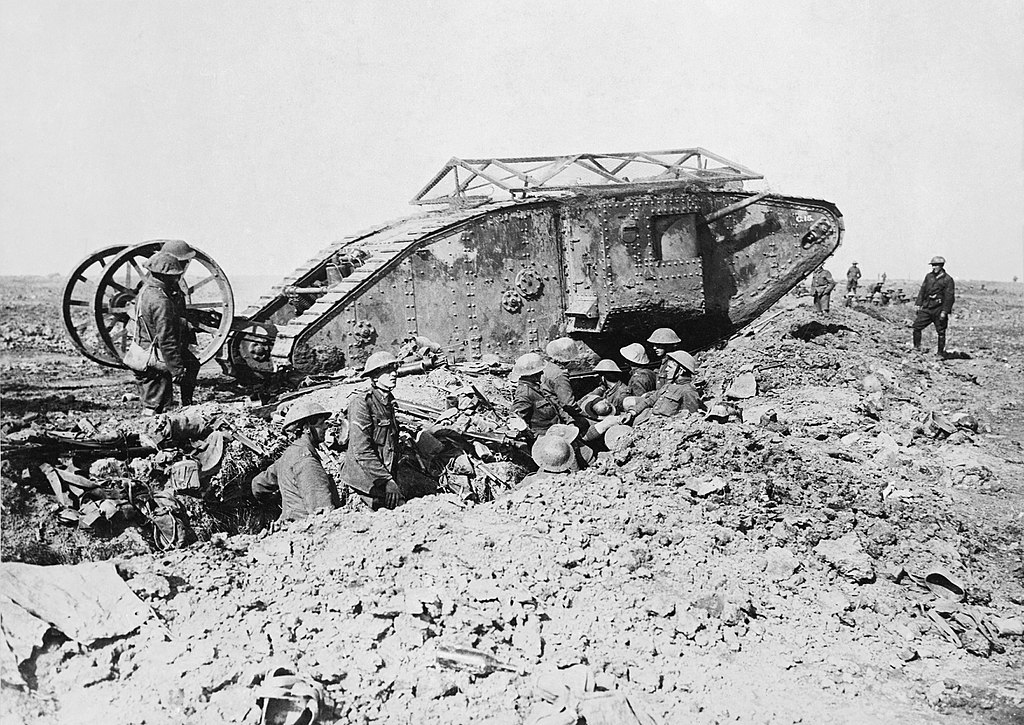 Ernest Brooks, Wikimedia Commons
Ernest Brooks, Wikimedia Commons

History's most fascinating stories and darkest secrets, delivered to your inbox daily.
Time For A New Strategy
The Allies tried another method of taking out their opponent’s defenses, this time using mines. The timing had to be perfect, and all the mines had to be detonated at the same time before Zero-Hour. Unfortunately, something didn’t go as planned.
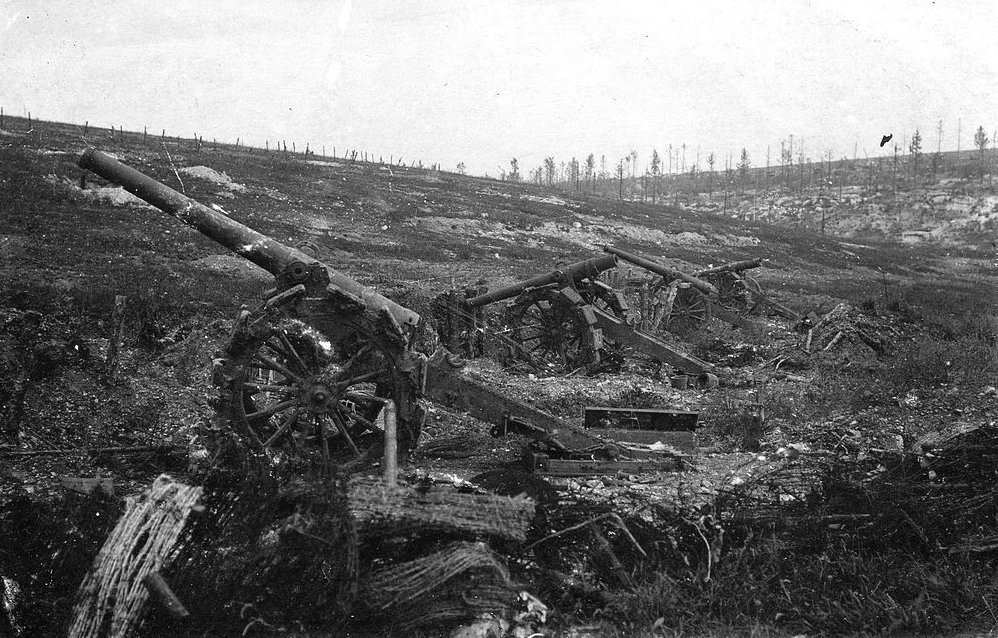 Unknown Artist, Wikimedia Commons
Unknown Artist, Wikimedia Commons
An Early Release
One of the mines at Hawthorne Ridge went off early. 10 minutes before the rest of the mines were set to go off, the plan was ruined by a single mistake. The accidental detonation was enough to warn German forces of the impending blitz.
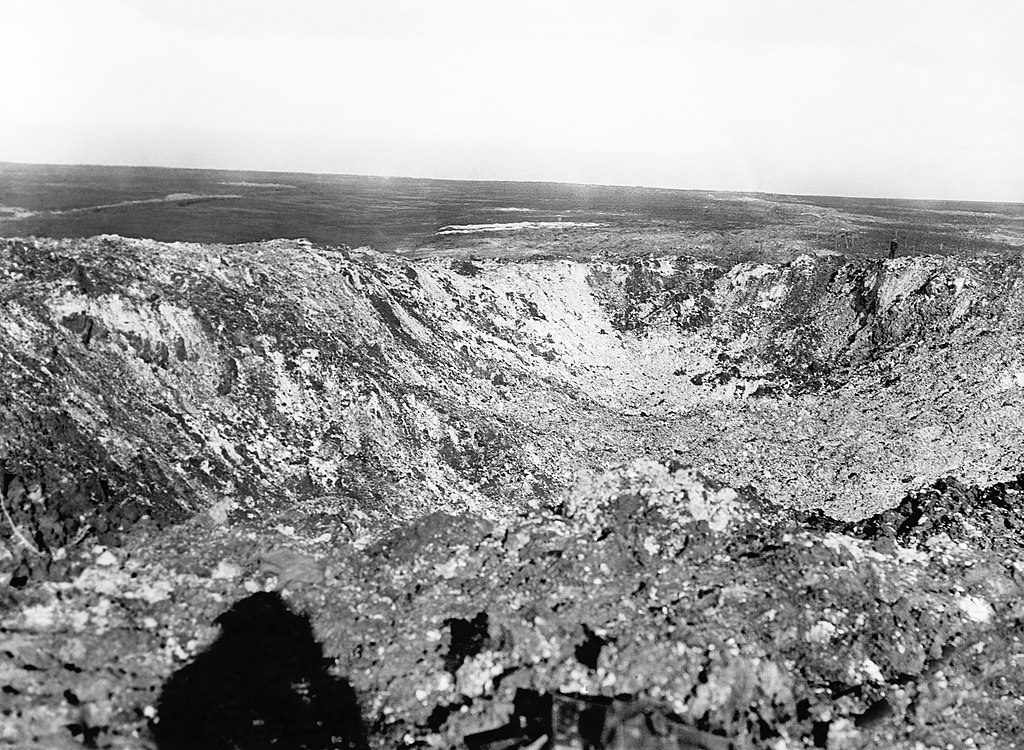 Ernest Brooks, Wikimedia Commons
Ernest Brooks, Wikimedia Commons
A Secret Betrayal
In 2016, researchers found records in German archives that revealed Britain had been betrayed by two discontented officers several weeks prior to the attack. Not only that but a message from a general to his forces was intercepted. Combined with the early detonation, it isn’t a surprise that the offensive was a failure.
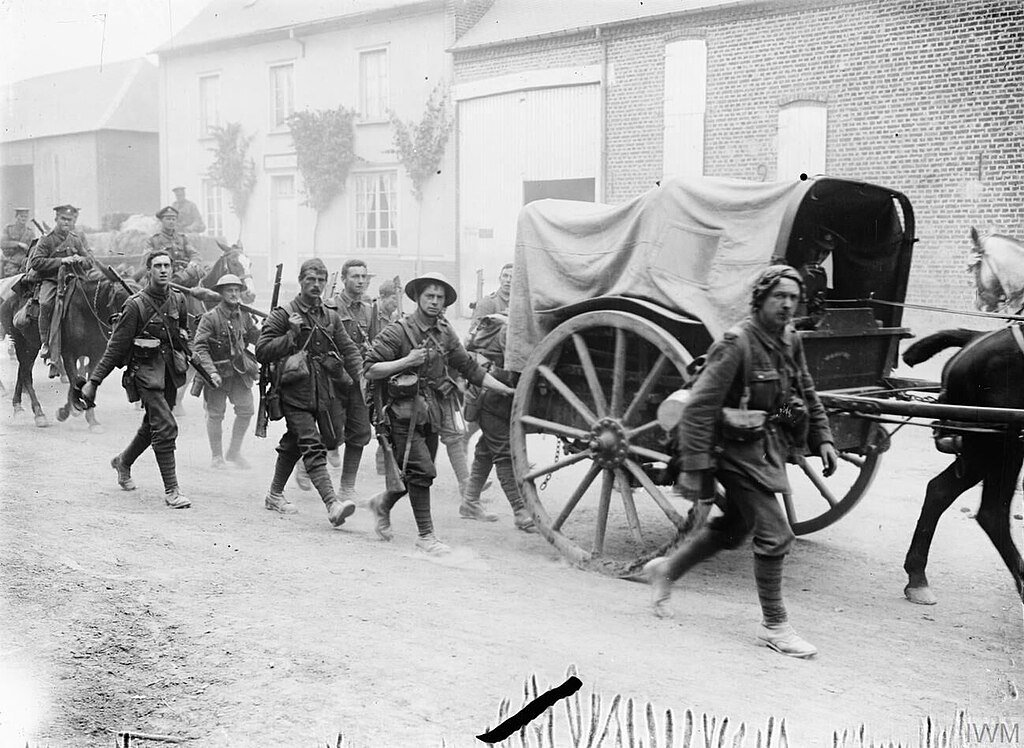 Ernest Brooks, Wikimedia Commons
Ernest Brooks, Wikimedia Commons
Keep On Keeping On
The Allies’ middling success thus far didn’t stop them from launching their main mission. 14 British divisions set upon their enemies at 7:30 am on July 1, 1916. For the first little while, everything was going to plan. But British forces couldn’t maintain their barrage for long enough to make it to the German trenches.
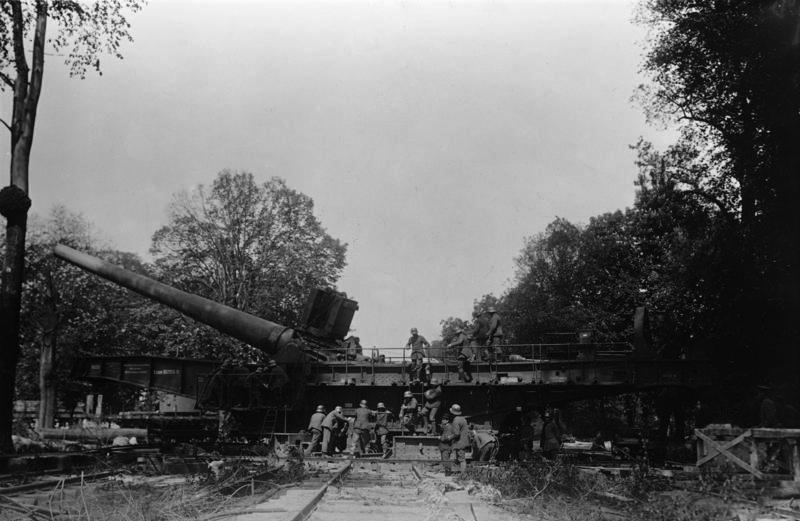 Bundesarchiv, CC BY-SA 3.0, Wikimedia Commons
Bundesarchiv, CC BY-SA 3.0, Wikimedia Commons
An Opportunity Seized
This delay meant that German officers could reassess and make plans to oppose the incoming breach. It was a quick recovery for Germany. They took to their trenches and opened fire on the incoming British forces. Haig’s infantry didn’t see it coming.
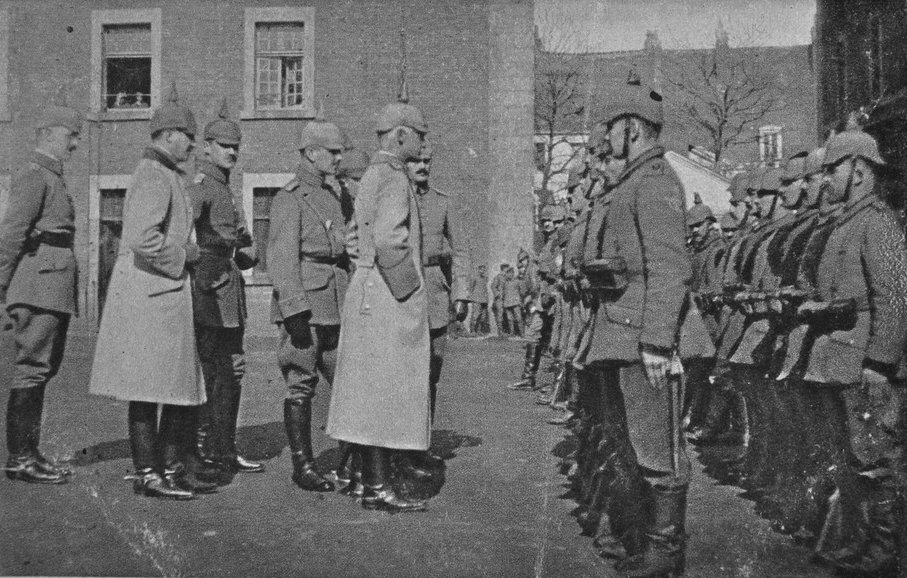 Michael Kassube, CC BY-SA 3.0, Wikimedia Commons
Michael Kassube, CC BY-SA 3.0, Wikimedia Commons
The Impact Of Their Failure
In the face of German retaliation, Lieutenant Alfred Bundy said, “It was a veritable inferno…an appalling rifle and machine gun fire opened against us and my men commenced to fall… None of our men was visible but in all directions came pitiful groans and cries of pain”.
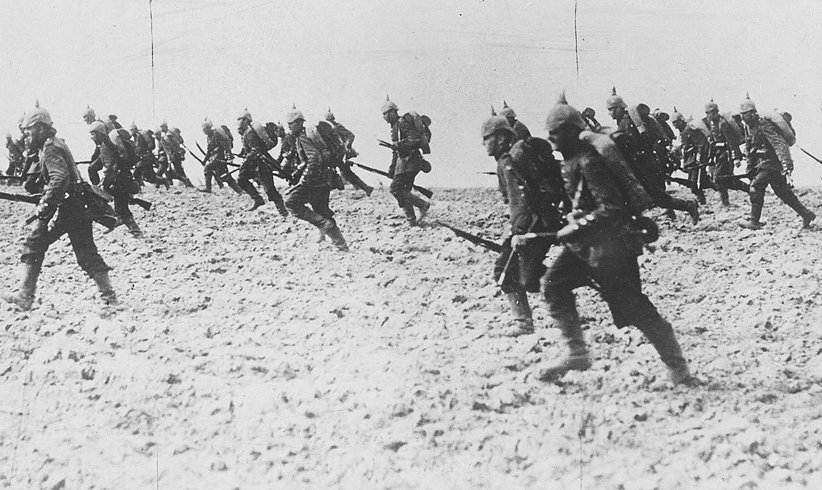 National Archives and Records Administration, Wikimedia Commons
National Archives and Records Administration, Wikimedia Commons
They Felt The Consequences Of Their Actions
Haig’s forces were met with immense bombardment and endured over 57,000 casualties in a single day. German forces were making short work of their opponents. At the same time, France was still duking it out in the south.
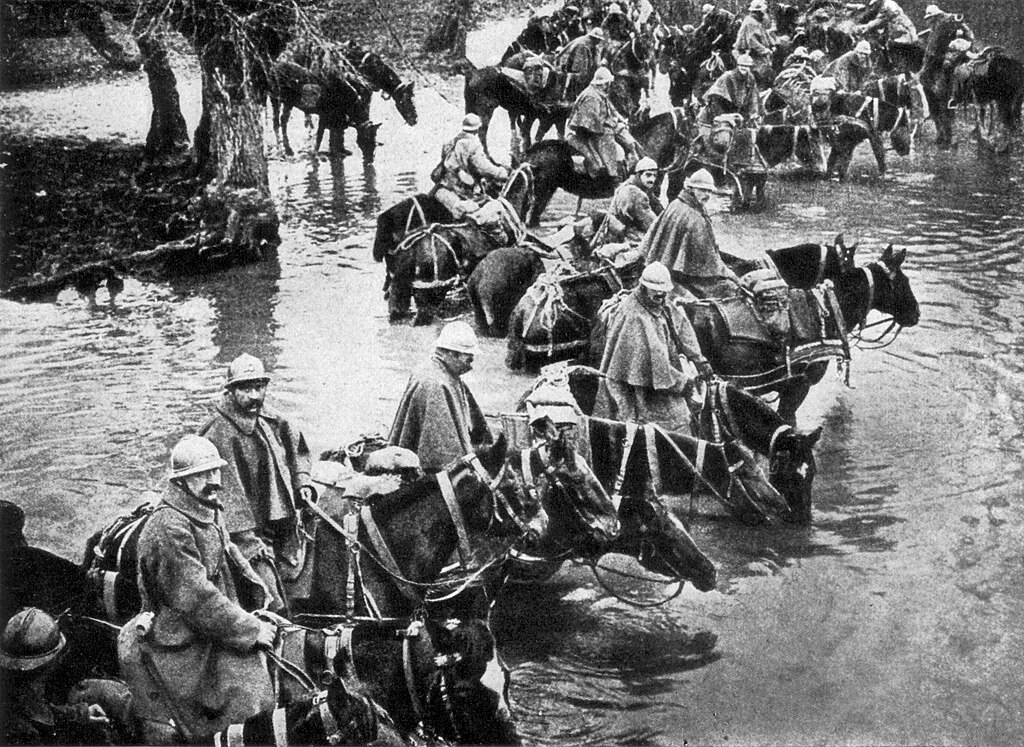 Unknown Artist, Wikimedia Commons
Unknown Artist, Wikimedia Commons
There Was Little Hope To Be Had
French forces made a little headway, with some smaller victories. But generally speaking, there was failure at every turn. They were still taking the brunt of German forces at Verdun, and there was no option for retreat. But not all hope was entirely lost.
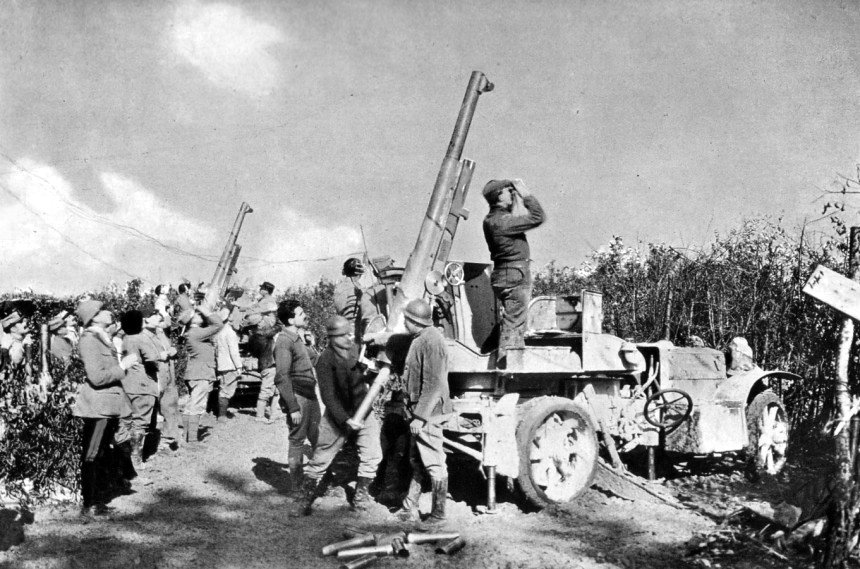 Jules Gervais-Courtellemont, Wikimedia Commons
Jules Gervais-Courtellemont, Wikimedia Commons
It Was Time For A New Approach
Haig and the other generals learned from their mistakes. They had no idea what the real state of the front lines was, and after facing the Germans directly, they understood the dire circumstances. Haig adapted, and from July 3-13, British tactics improved.
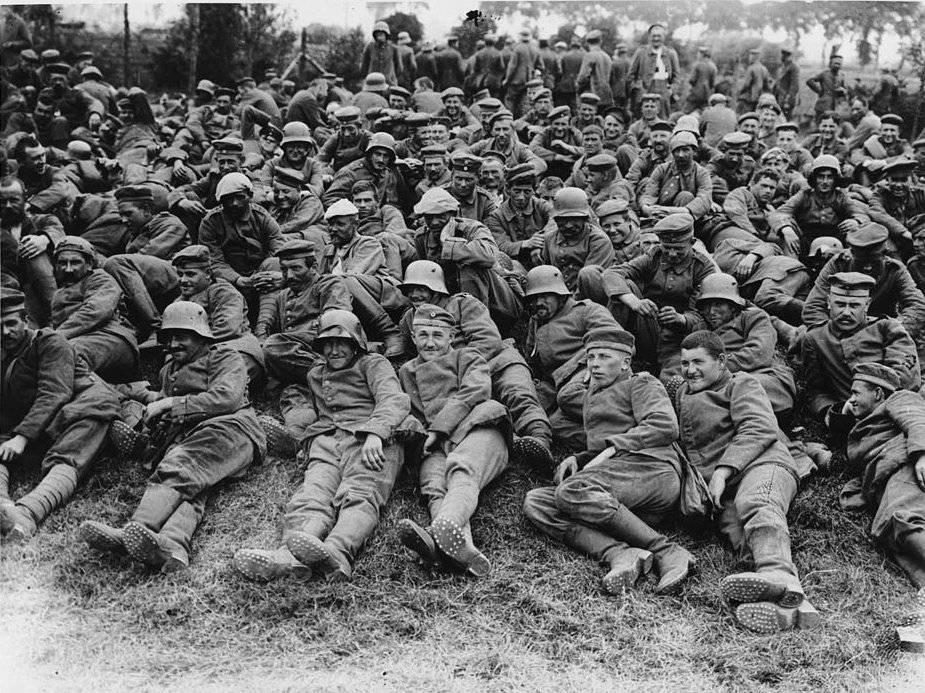 National Library of Scotland, Wikimedia Commons
National Library of Scotland, Wikimedia Commons
Strength In Surprising The Enemy
July 14 brought about a breakthrough for the Allies. Britain set out at dawn on the offensive at Longueval Ridge. German forces were caught unawares by artillery bombardment alongside the ground forces. By midmorning, the British had captured the ridge. It was a major victory.
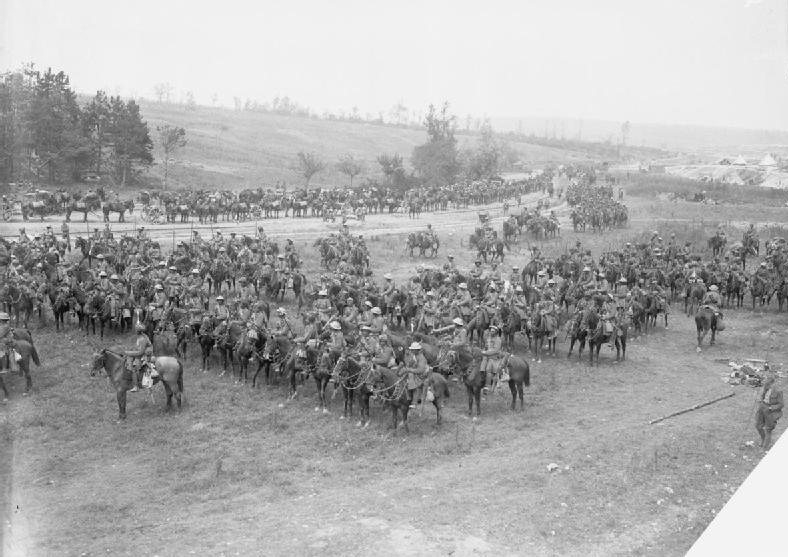 Ernest Brooks, Wikimedia Commons
Ernest Brooks, Wikimedia Commons
They Kept Up The Pressure
The Allies kept up the attacks throughout the summer months. They kept their objectives focused on specific goals. When the German forces launched offensives of their own, the Allies held their ground. But even so, the many months of conflict left all sides desperate for the end of the conflict.
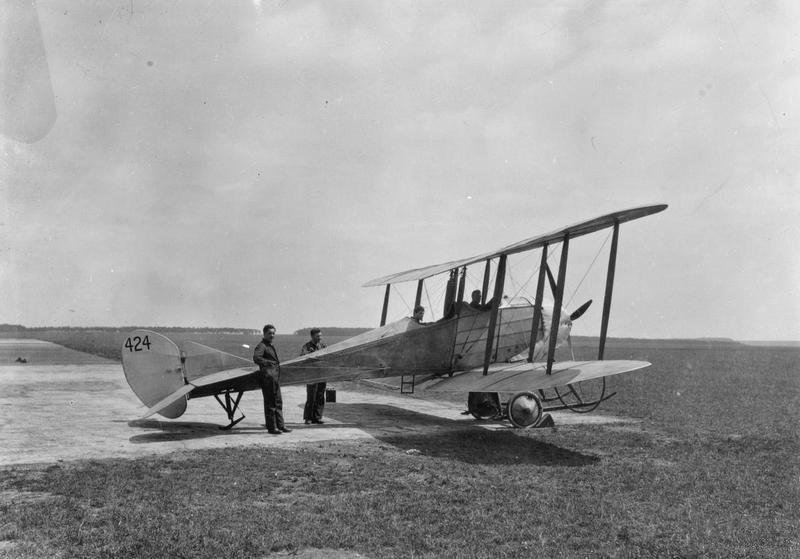 British official photographer, Wikimedia Commons
British official photographer, Wikimedia Commons
They Made Even More Adaptations
Britain brought in a new strategy on September 15. They used tanks during an encounter at Flers-Courcelette. This was the first time the armored vehicles had been used by Britain and while the tanks didn’t break through enemy lines, they did claim 1.5 miles of land.
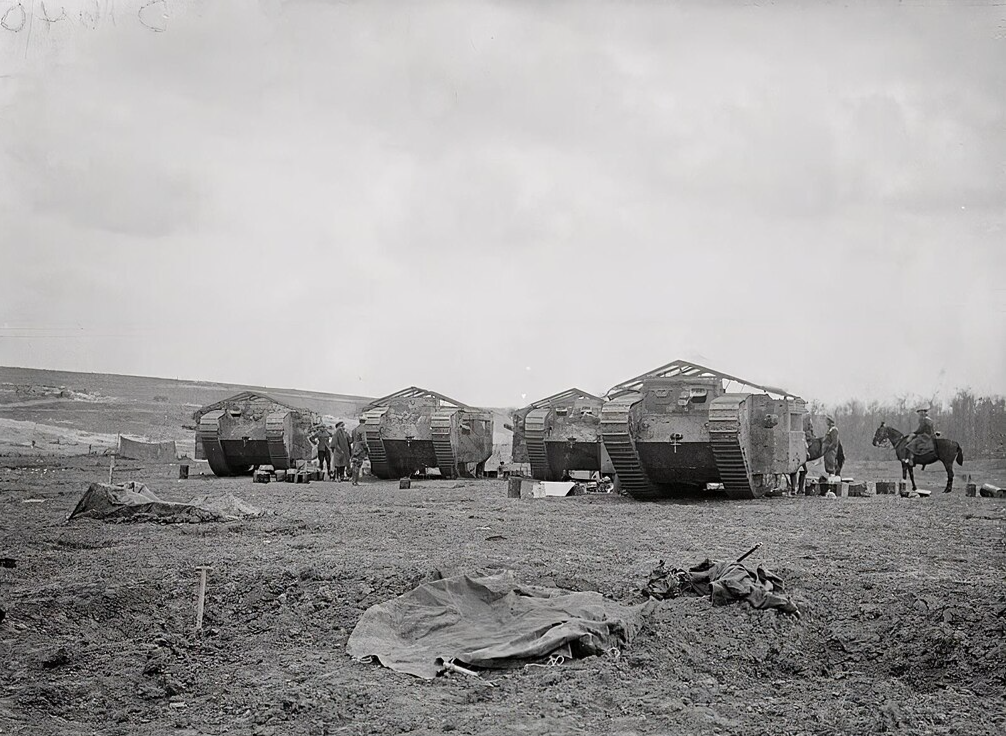 RowanV18, CC BY-SA 4.0, Wikimedia Commons
RowanV18, CC BY-SA 4.0, Wikimedia Commons
More Allies Came To Help
The Battle of Fler-Courcelette also brought in more international support for the Allies. The Canadian Corps and the New Zealand Division also made their debut at this battle. Even though the main objective of the encounter wasn’t achieved, they still made some strategic gains by advancing over 2,300 meters.
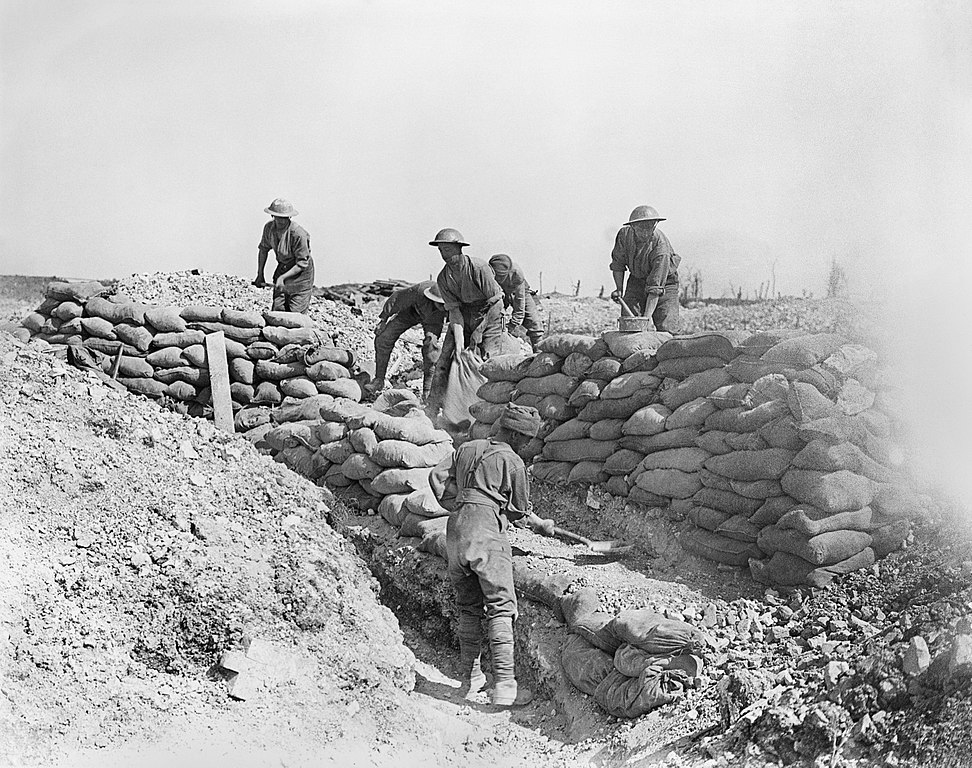 John Warwick Brooke, Wikimedia Commons
John Warwick Brooke, Wikimedia Commons
They Made Terrifying Innovations
From September 26-28 at the Battle of Thiepval Ridge, Britain implemented new and dangerous tactics. They invented gas-based weaponry alongside artillery and tank-based strategies. This caught Germany flat-footed, regardless of how well they had managed to strategize their defenses.
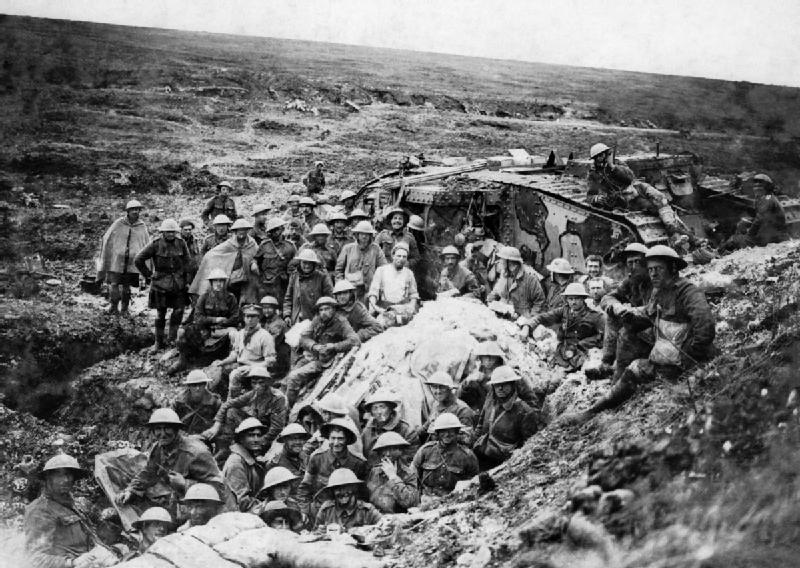 John Warwick Brooke, Wikimedia Commons
John Warwick Brooke, Wikimedia Commons
The Allies Were On A Roll
September was a successful month for the Allies. It was one of increased combative encounters and with a higher success rate. For German forces, it was the most devastating month of the entire Battle of the Somme.
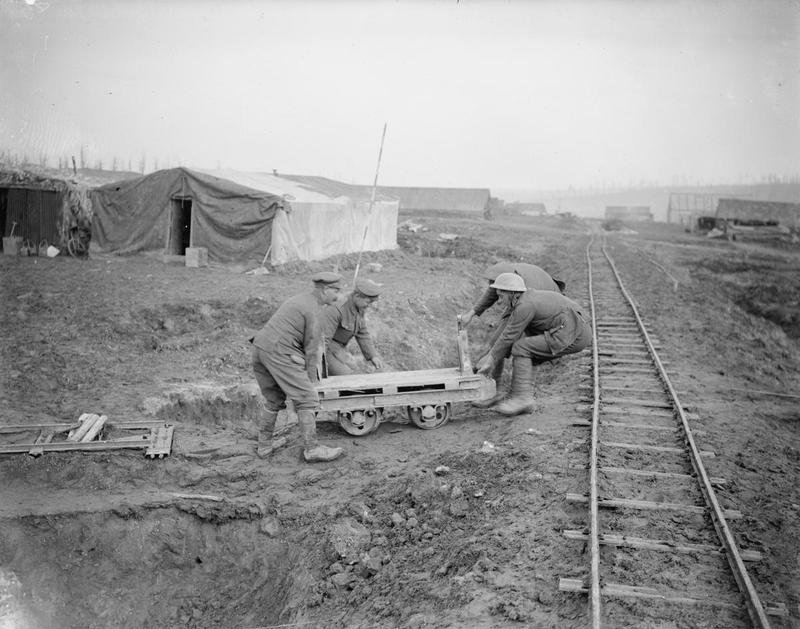 John Warwick Brooke, Wikimedia Commons
John Warwick Brooke, Wikimedia Commons
A Final, Major Stand
During November 13-18, Britain launched their largest offensive of the year. The Battle of the Ancre sent the British Fifth Army (formerly Reserve Army) into the Ancre valley to take advantage of the exhaustion German forces were experiencing. Haig had thought about this battle carefully.
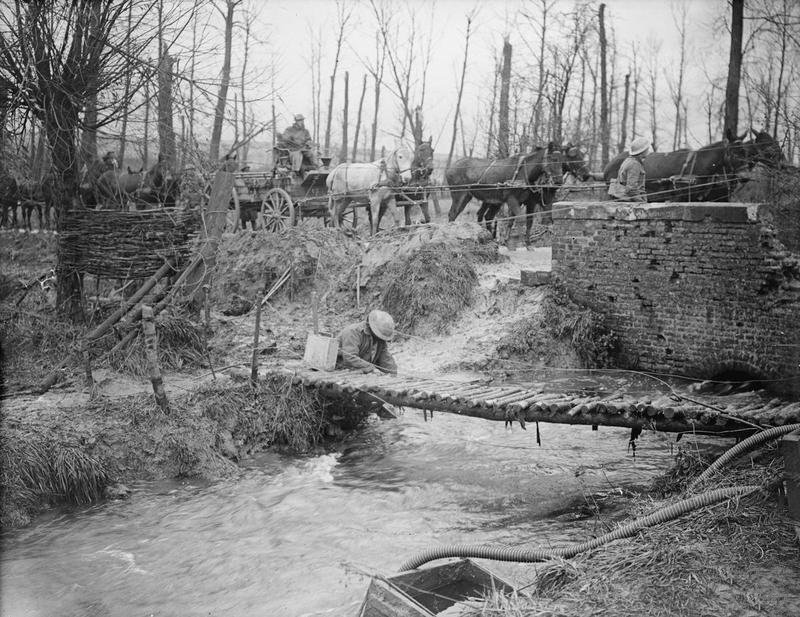 John Warwick Brooke, Wikimedia Commons
John Warwick Brooke, Wikimedia Commons
This Plan Was Tactical And Wide-Reaching
He planned for the offensive to increase Allied morale at the same time as satiate his superior’s desire for constant pressure against German forces. And Haig found a way. Britain captured many of the key locations they sought, with the Canadian 4th Division taking Regina Trench north of Courcelette.
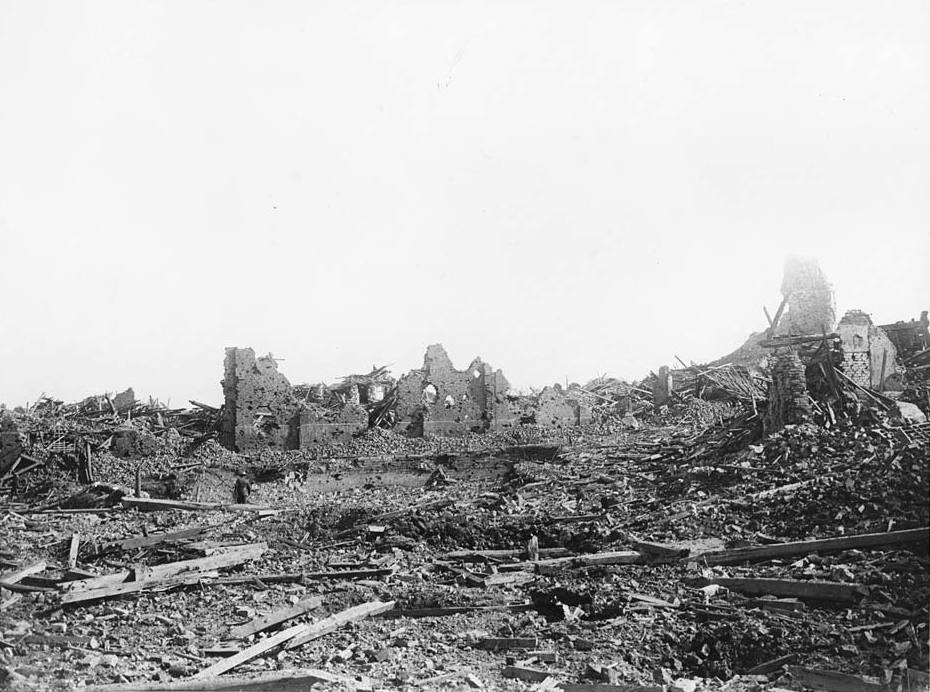 National Library of Scotland, Wikimedia Commons
National Library of Scotland, Wikimedia Commons
Winter Was Coming
As winter approached, the weather began to worsen. Conditions in the trenches began to decrease even further, and over the past few months, the Allies had only claimed seven more miles of territory. After the Battle of the Ancre, both sides grew subdued by loss and weather conditions.
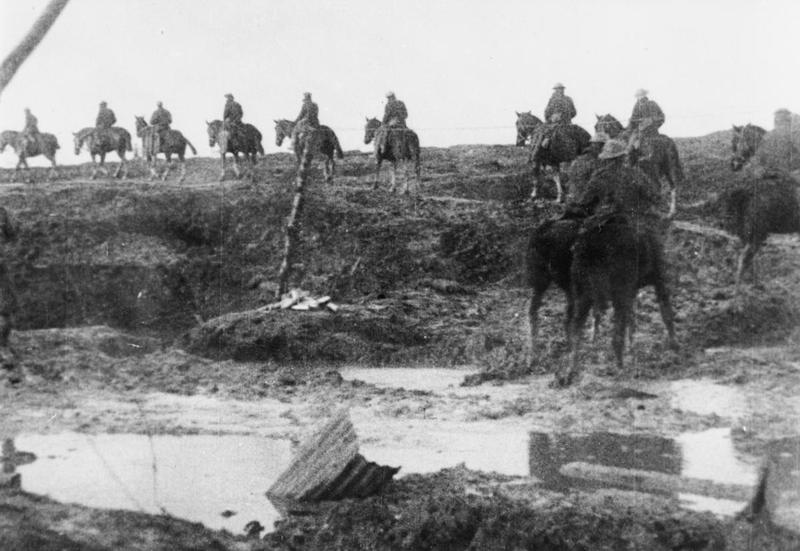 Unknown Artist, Wikimedia Commons
Unknown Artist, Wikimedia Commons
The Struggle For The Somme Met Its End
On November 18, 1916, Haig made the call to stop offensive confrontation. Winter was setting in, and by January 1917, the Allies and Germany were more focused on surviving the harsh weather than they were on additional conflict between one another.
 André Schaefer, Wikimedia Commons
André Schaefer, Wikimedia Commons
Many Losses And Many Victories Later
In the end, the Somme was not merely one individual instance of combat, but 12 distinct encounters that spanned many months. Some of these separate confrontations lasted several weeks and were reduced to “slogging matches”. Neither side was without its losses.
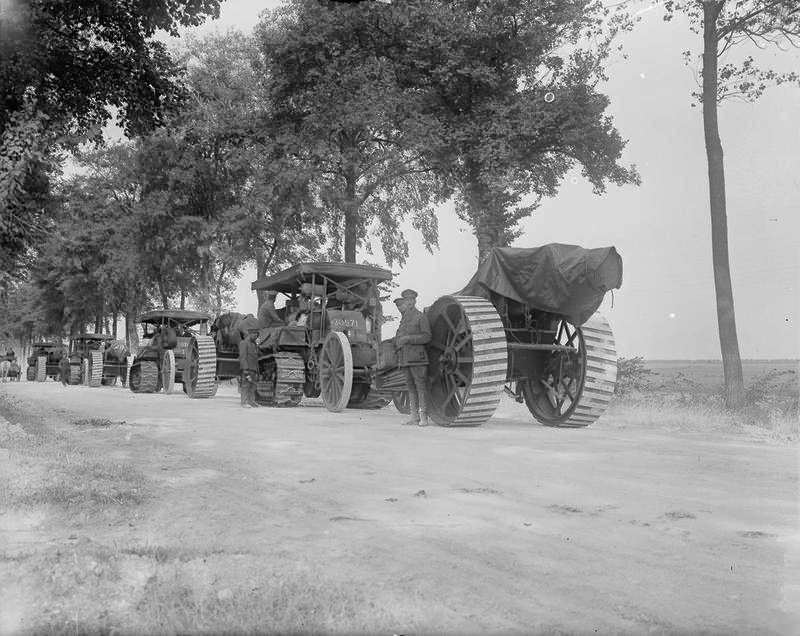 John Warwick Brooke, Wikimedia Commons
John Warwick Brooke, Wikimedia Commons
The Consequences Of The Conflict Were Immense
In the end, over 1 million lives were lost during the Battle of the Somme. Britain lost 420,000 officers, with France losing half that. Germany took the biggest hit with over 450,000 officers lost or wounded. It was one of the bloodiest encounters of WWI.
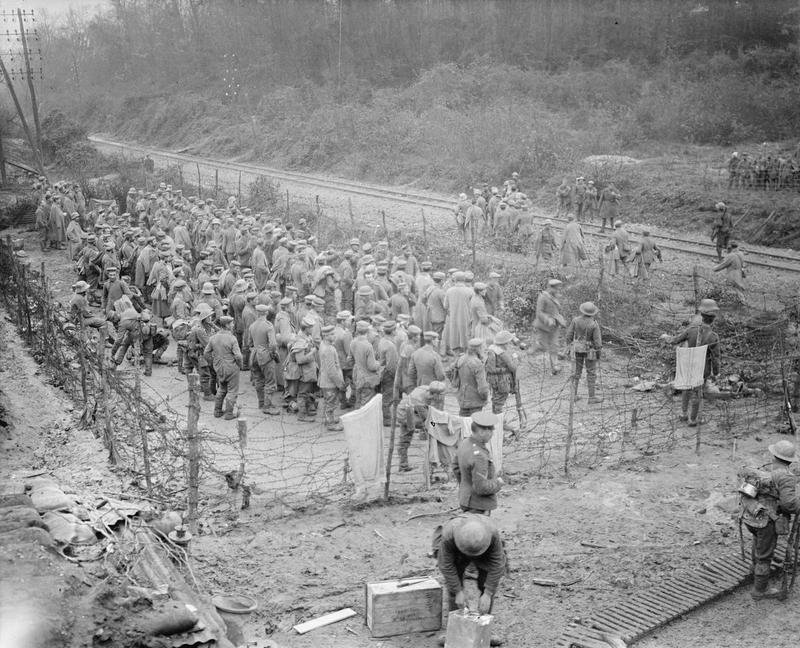 John Warwick Brooke, Wikimedia Commons
John Warwick Brooke, Wikimedia Commons
Britain Was Shaken By The Results Of The Conflict
The friends and family of the late British officers were plunged into grief. Whole communities experienced the loss of so many young men. But British citizens weren’t the only faction to mourn the loss of their fellows.
Germany Couldn’t Recover
The sheer number of officers taken down throughout the conflict forced Germany to retreat to the Hindenburg Line in the spring of 1917. They couldn’t maintain their wider defensive line with the few officers they had left. The German Field Army never recovered after the incident.
 Imperial War Museum, Wikimedia Commons
Imperial War Museum, Wikimedia Commons
These Lives Were Treated With The Appropriate Respect
There were over 150,000 British officers interred at the Somme. The Commonwealth War Graves Commission created the cemeteries, which have also become places of “pilgrimage and tourism”.
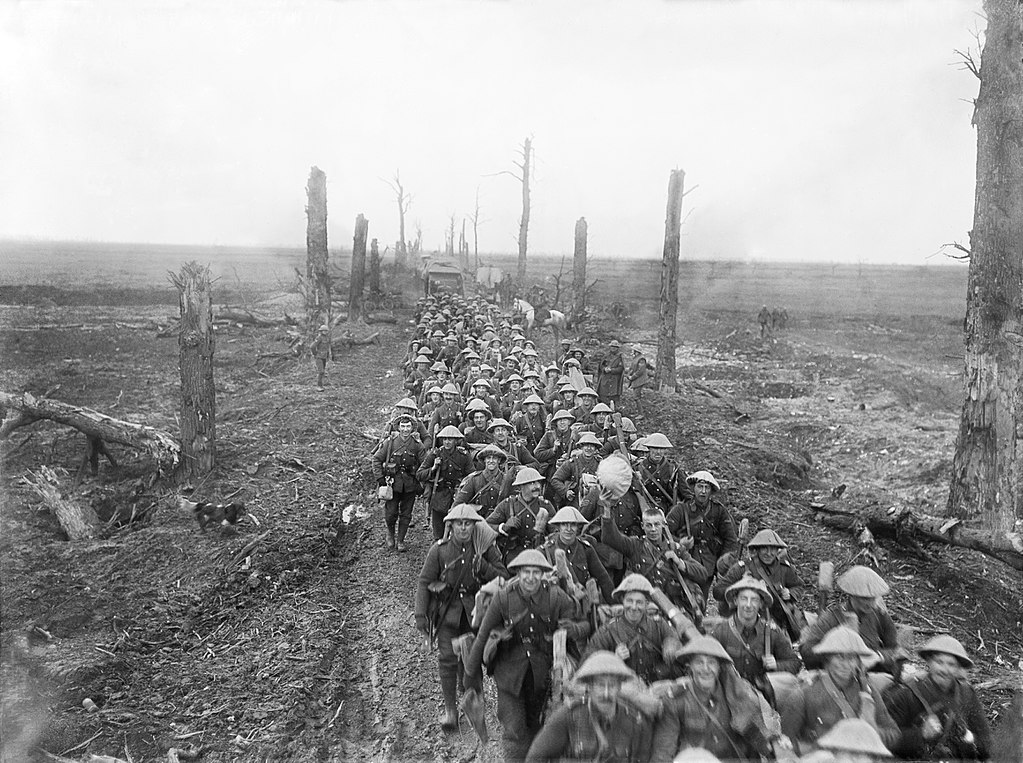 Ernest Brooks, Wikimedia Commons
Ernest Brooks, Wikimedia Commons
There Was A Unique And Irreplaceable Record Of The Battle
The Battle of the Somme was the first time the general public witnessed true trench-based combat. Geoffrey Malins filmed the start of the battle, and while he staged some scenes, most of the film showed the real events that occurred.
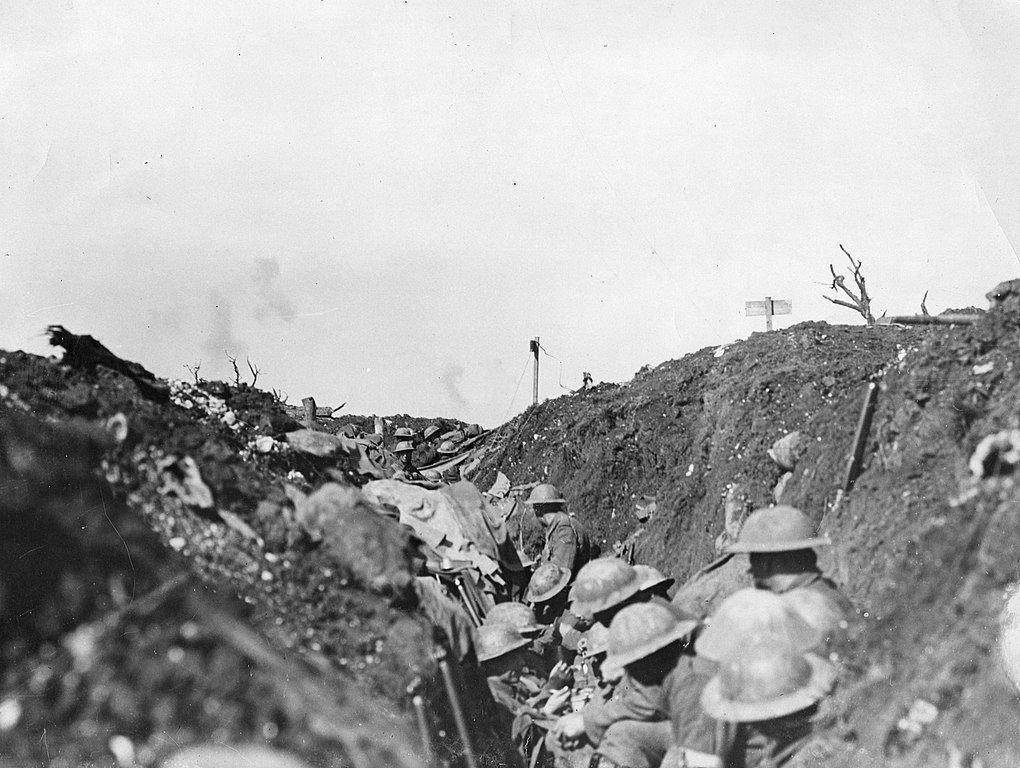 Provincial Archives of Alberta, Wikimedia Commons
Provincial Archives of Alberta, Wikimedia Commons
It Changed Citizens’ Perspectives Permanently
This film was wildly popular. Audiences watched avidly to see if they could spot their loved ones and were shocked at how horrible the realities of international conflict were. Over 20 million people in the UK watched the film, and it even spurred the creation of a new film genre.
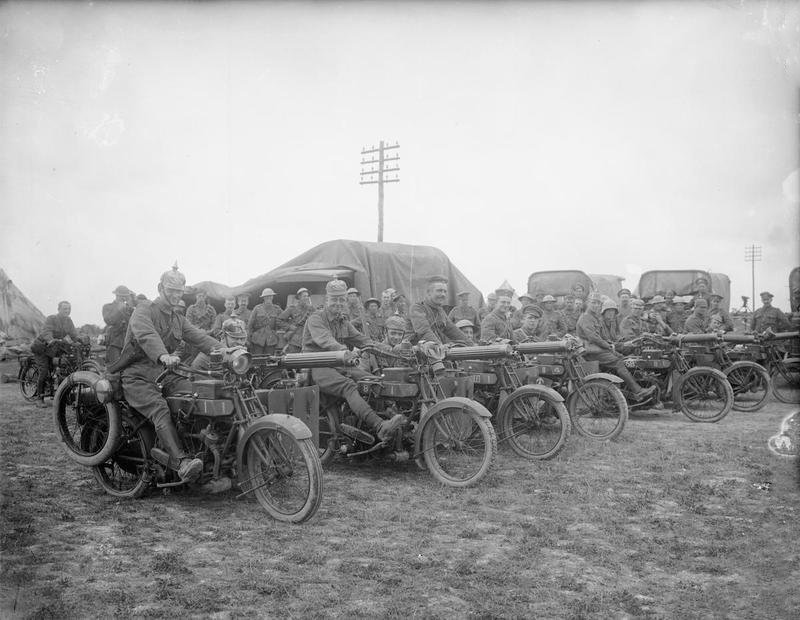 John Warwick Brooke, Wikimedia Commons
John Warwick Brooke, Wikimedia Commons
The Battle Brought Many New Inventions And Innovations
The Battle of the Somme has been credited as the origin point for modern war techniques. Britain was able to take cues from German advancements and make their own changes to modernize their strategies. In the end, their innovations were what allowed the Allies to achieve victory in 1918.
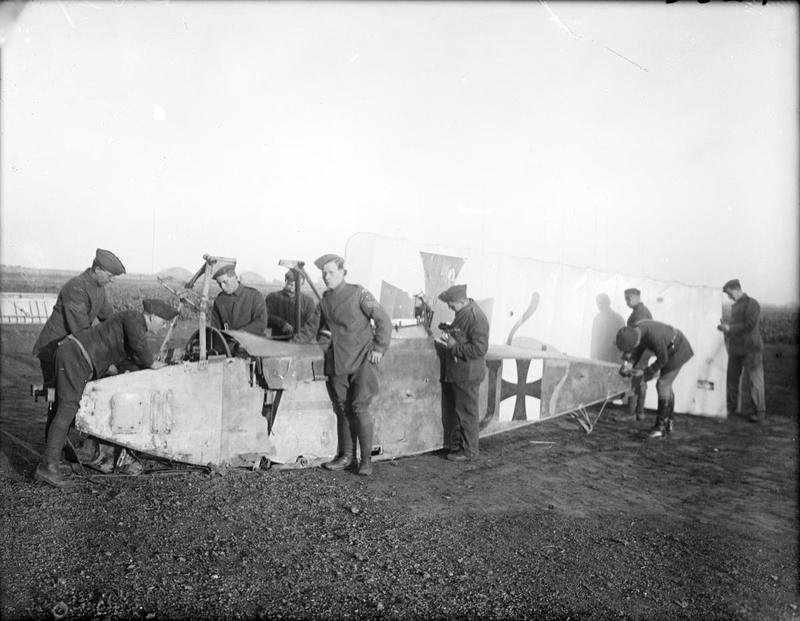 John Warwick Brooke, Wikimedia Commons
John Warwick Brooke, Wikimedia Commons
Some Think The Events Could Have Gone Differently
This major WWI conflict is not without its drawbacks. Many have criticized the way Haig and his superiors handled it, including Winston Churchill. Churchill stated that the strategies they used allowed for too many British lives lost. And one historian argued an even more controversial point.
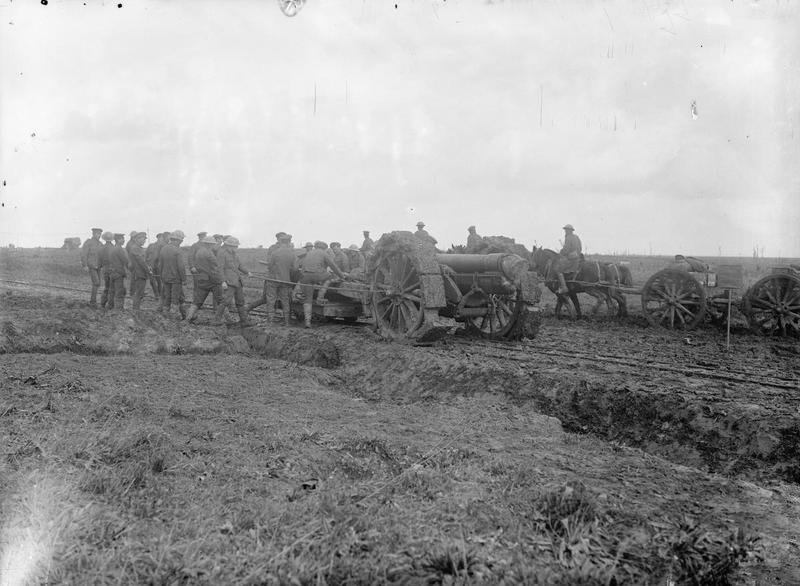 Ernest Brooks, Wikimedia Commons
Ernest Brooks, Wikimedia Commons
A Bold Statement Regarding The Events At The Somme
Historian Peter Barton made a contentious argument in 2016. He set it up in a three-part TV program. Barton stated that the Battle of the Somme should be considered a victory for German defensive strategies, rather than a victory for the Allies.
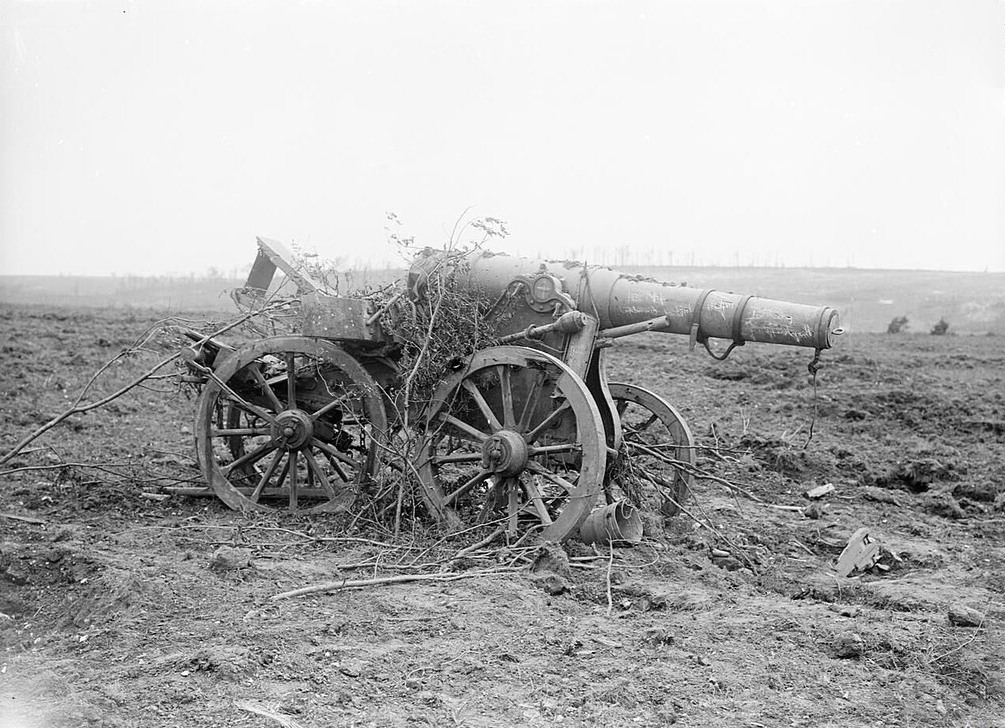 Ernest Brooks, Wikimedia Commons
Ernest Brooks, Wikimedia Commons
They Did Their Best
Widely, many historians and academics agree that there wasn’t a good option when it came to strategies used in the Battle of the Somme. Anything the two sides might have done would have had the same tragic and horrible result when it came to the loss of human life.
 John Warwick Brooke, Wikimedia Commons
John Warwick Brooke, Wikimedia Commons
Nothing Is Fair In War
In the end, it's hard to say who “won” the Battle of the Somme. No one wins when weighed against the casualties and consequences of international conflict. While the Allies were able to subdue the menace Germany posed, it was at a great cost to anyone and everyone involved.
You May Also Like:
The Most Important Events Of WWI
The Most Infamous Battles Of WWI


